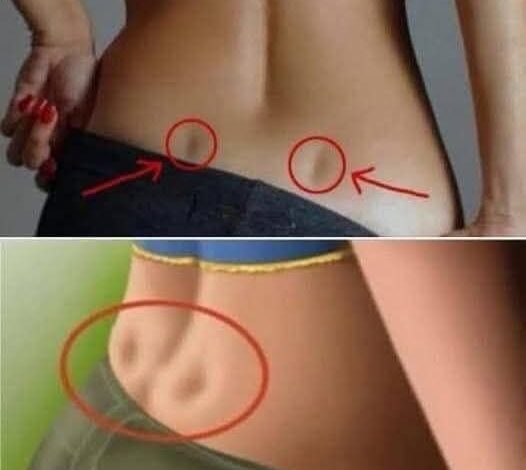The Truth About Back Dimples: What They Really Mean for Your Health and Fitness

Understanding Lower Back Dimples: Anatomy and Genetics
Lower back dimples, also known as Venus dimples or sacral dimples, are small indentations that appear on either side of the lower spine. These natural body features result from the skin’s connection to the underlying pelvic bone structure, specifically where soft tissue attaches to the iliac crest.
Common Myths About Back Dimples and Fitness Performance
Myth 1: Enhanced Athletic Performance
Many fitness enthusiasts believe that having back dimples indicates superior athletic ability and enhanced physical performance. Some claim these anatomical features suggest better blood circulation in the lower back region, potentially contributing to improved workout results and exercise capacity.
Myth 2: Increased Flexibility Benefits
Another popular belief suggests that individuals with these dimples possess naturally higher flexibility levels, making yoga, pilates, and other physical activities more accessible. However, current medical research does not support these performance-related claims.
The Science Behind Back Dimples: What Research Shows
Genetic Factors vs. Fitness Level
Medical professionals emphasize that these dimples are primarily determined by genetic factors and bone structure rather than muscle development or body composition. Your skeletal anatomy, inherited from your parents, plays the dominant role in whether you develop these features.
Body Fat and Visibility
While lower body fat percentages may make existing dimples more visible, having them doesn’t indicate any metabolic advantages or fat-burning benefits. The visibility of these features can change with weight fluctuations, but their presence remains constant regardless of fitness level.
Health Implications: Separating Facts from Fiction
No Direct Health Benefits
Despite popular beliefs about circulation and wellness benefits, scientific evidence doesn’t support claims that back dimples provide health advantages. These anatomical features are purely cosmetic variations in human body structure.
Individual Body Variations
The absence of back dimples doesn’t indicate poor health, reduced fitness potential, or any physical limitations. Similarly, having them doesn’t suggest superior health status or athletic capabilities.
Beauty Standards and Body Positivity
Many people consider back dimples an attractive physical feature, often associated with body symmetry and aesthetic appeal. However, it’s important to remember that natural body variations contribute to individual uniqueness rather than determining beauty standards.
Key Takeaways for Health-Conscious Individuals
- Back dimples are genetic traits determined by bone structure
- They don’t influence fitness performance or flexibility
- Visibility may vary with body composition changes
- No proven health benefits or disadvantages exist
- Individual body differences are normal and healthy
Professional Medical Advice
This information serves educational purposes and shouldn’t replace professional medical consultation. If you have concerns about your physical health, body structure, or fitness goals, consulting with healthcare providers, personal trainers, or sports medicine specialists is recommended for personalized guidance.
Remember that every body is unique, and focusing on overall health, regular exercise, and balanced nutrition remains more important than any single physical characteristic.